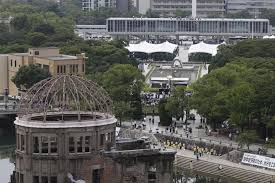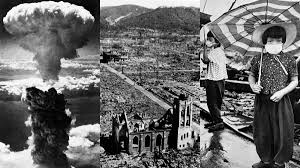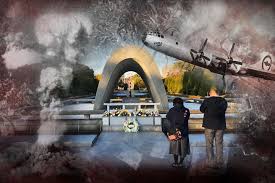This year marks 75 years since the United States dropped atomic bombs on Hiroshima and Nagasaki on August 6 and 9, 1945, bringing World War II to a dramatic close.

The Devastation Unfolded
The atomic bombings led to unprecedented destruction. In Hiroshima, approximately 140,000 of its 350,000 residents perished in the initial blast, while Nagasaki saw around 74,000 fatalities. Radiation sickness claimed thousands more lives in the subsequent years. The survivors, known as “hibakusha,” endured severe physical and psychological trauma.

The End of World War II
The bombings precipitated Japan’s surrender on August 14, 1945, ending the conflict in Asia. However, critics argue Japan was on the brink of surrender before the bombings. The Allied forces had demanded Japan’s surrender by July 28, but this ultimatum was ignored.

Historical Impact and Legacy
On August 6, 1945, the B-29 bomber Enola Gay dropped the first atomic bomb, “Little Boy,” on Hiroshima. This bomb had the destructive power of 12,000 to 15,000 tons of TNT, obliterating a 13-square-kilometer area and destroying over 60% of the city’s buildings.

Just three days later, a second bomb was dropped on Nagasaki. Survivor Reiko Hada, then nine, vividly recalls the blinding flash and subsequent devastation, describing the harrowing scene of burn victims seeking refuge.
Global Reactions and Aftermath
Japan’s unconditional surrender followed, marked by US President Harry Truman’s announcement of victory and Japan’s Emperor Hirohito’s radio address condemning the “new and most cruel bomb.” Celebrations erupted in the Allied countries, culminating in Victory over Japan (VJ) Day on August 15.

Preserving the Memory
The Atomic Bomb Dome in Hiroshima, one of the few surviving structures from the blast, stands as a UNESCO World Heritage site and a poignant reminder of the tragedy.











